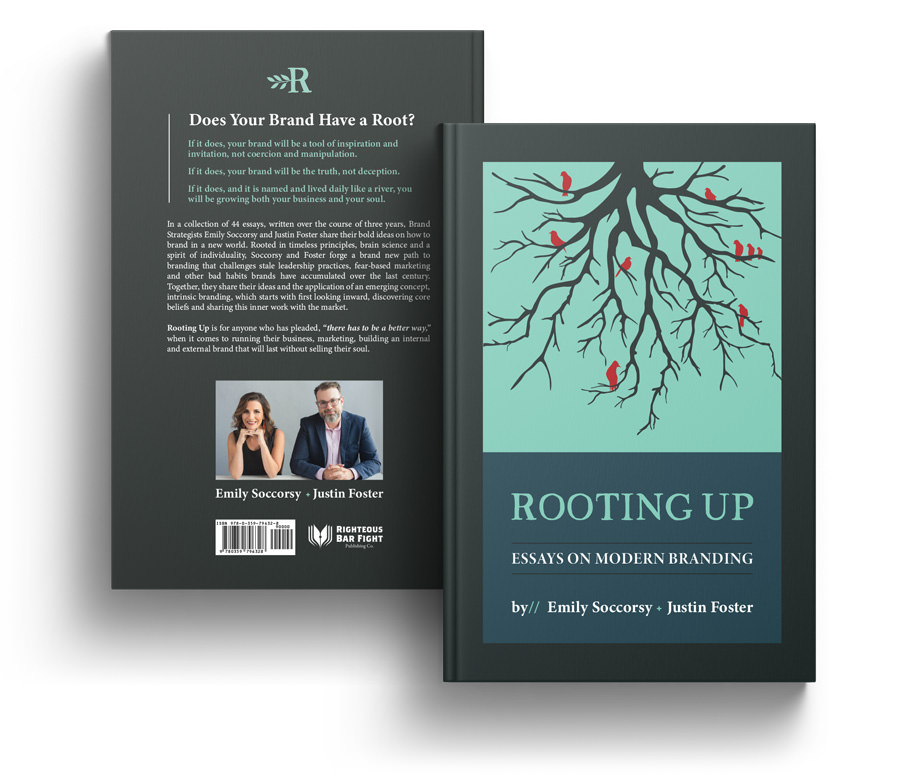Filed Under: 21st Century Branding
Today’s leaders have become much more adept at recognizing the value of the Millennial generation and at adopting new habits to incorporate them into business. But now, these leaders have another decision to make. Do they opt-in to the new business landscape created by 40 million tech-native Millennials? Or do they just cautiously endorse from the sidelines?
So what does “opt in” mean? And what is it going to cost these leaders to do it?
With five age groups in the workforce, there is a natural blending of ideas, cultures and habits taking place. This blending is producing Opt-In Leaders who have some common traits that transcend traditional labels related to age, ethnicity and gender. These Opt-In Leaders represent an end to meritocracy as they recognize the unique value each generation brings.
Leaders need to worry less about the cost to them and the changes being implemented by this generation and focus instead on how to personally Opt-In in a complete and authentic way.
The first step to becoming an Opt-In Leader is understanding millennials don’t view themselves as different. Most actually resent being labeled as a generation and view the changes they are bringing as reasonable and inevitable and a return to common sense. As such they are not opting in. They are already “in.” And now they are becoming executives, business owners and community leaders.
Second, while some leaders are just more comfortable opting out, those who choose to Opt-In are reaping the benefits of reinvigorated passion for leadership and life, the opportunity to give and receive mentoring and the chance to enjoy business prosperity accessed by new thinking.
Are you ready to Opt-In? Here’s what it looks like!
- Self-Awareness (EQ) – This is reconnecting with yourself. The old leader is full of wisdom and experiences but was raised in an era when the changes Millennials have brought about were the stuff of fiction. Therefore, the old leader dwells in fear, incredulity and doubt about the new world order. The Opt-In leader is immersed in self-worth and appreciation of life experiences and a recognition of the intrinsic value of people — not things. They embrace change. The evidence of this rise in self-awareness is the explosion in popularity in yoga, spiritual enlightenment and the removal of the stigma of self-help.
- Self-Direction (Sovereignty) – Top-down command and control leadership style is the dinosaur of the modern business age. We’re all just waiting for that last meteor to hit. Instead, Opt-In leaders are embracing self-direction for themselves and the people who they lead by recognizing the individuality of people. Self-direction thinking includes leadership modeling, investing in the whole person, and doing work that matches your passion and individual intention. Rather than select people by resume and experience only, Opt-In leaders use cultural and job fit tools to ensure they have talent that also embraces self-direction. In the workplace, self-direction is experienced with flexible, open workspaces, options for working remotely, and company endorsed entrepreneurial side gigs. The evidence of the rise in sovereignty is seen in start-ups as well as established brands like Google, Amazon and Tesla.
- Tech Adoption (Innovation) – This no longer means accepting whatever phone the IT guy gives you. When you Opt-In, you view technology as your best tool for connection, innovation and productivity. Opt-In leaders recognize selecting the right tools is a timeless competitive advantage. They also recognize that technology adoption is the leading indicator of relevance. How you feel about technology is also readily apparent to most people you interact with. Opt-In leaders actively seek out new ideas, new uses, new features in order to stay ahead of the game. While they likely won’t camp overnight to get the latest iPhone, they might send an intern to do it for them.
- Cultural Exposure (Travel) – Mark Twain once said that the only cure for narrow mindedness is travel. Simply put, Opt-In leaders get out of the office. They travel to expand their sphere of understanding and influence. They go to conferences to soak up new ideas. They travel abroad to glean from other cultures. They consume documentaries and read voraciously about new frontiers, ideas and the history of wanderlust. In the workplace, Opt-In leaders have an appreciation for different. While background and education are still valuable, they view alternative paths as rich with potential for their work and worth.
- Access to Resources (Investing) – Those who Opt-In fear being stuck or stale, so they reinvest in endeavors that expand their boundaries, thinking and knowledge. They have a decidedly entrepreneurial view of capital – both in time and money. While financial investing is part of this, Opt-In leaders are likely to have diverse pursuits beyond a traditional portfolio. These may include angel investments in start-ups, side consulting practices and/or speaking and writing opportunities. In the workplace, they invest in their people through leadership development programs, wellness, flex time and mentoring.
General Douglas MacArthur once said “Old leaders never die, they just fade away.” With all due respect to the general and his corncob pipe, we disagree! Today’s leaders have worked too hard for too long to be unfairly relegated to irrelevance. But they also have to have the courage to own this moment, recognizing the people they lead and who love them are waiting for them to Opt-In.
Emily Soccorsy + Justin Foster are cofounders of the intrinsic branding practice known as Root + River. Together with their defiantly different clients, they uncover then articulate the foundational elements of the brand. Then, they provide brand strategy and brand coaching as the brand is rolled out internally and externally. Obsessive about language and differentiation, Emily + Justin are also authors and speakers. Follow @rootandriver @fosterthinking and @emilyatlarge.
